Major Australian wine producers warn that prices will have to rise and that they'll be focusing on higher-ticket wines to avoid being caught in the three-for-£10 promotional trap.
Speaking at the London International Wine Fair this week, Brown Brothers director Ross Brown said exchange rate fluctuations and the weak economy meant Australia couldn't "play in the cheap and cheerful space any more".
It would continue to produce cheaper wines, but would also look to develop its offer at higher price points. "You're still going to see a good commercial offering probably a pound higher than before and you'll see a richer offering above £8," he said.
Innovation was vital, he stated, adding that NPD particularly of fruitier styles was needed to encourage younger drinkers.
Off-trade sales of Australian wine have grown 6% to £1.2bn in the UK [Nielsen 52w/e 19 March 2011]. In terms of volume, the greatest growth came from £7 to £8 wines, which rose 38%, while entry-level £3 to £4 wines fell 26%.
Treasury Wine Estates is also looking to drive higher-end wines. It recently released the Jacob's Creek Regional Reserve range (rsp: £9.99) and is launching a sparkling sauvignon blanc under its NZ Brancott Estate brand in August (rsp: £12.99).
However, the price creep on bigger Australian brands means some retailers are rationalising lines in favour of exclusive and smaller brands.
"Australian brands are getting quite expensive so we're thinning out the bigger names," said The Co-op Group wine development manager Paul Bastard, adding that the category was battling with a perception of "sameness". "Some of the bigger brands are going and we're trying to do something different."
The commoditisation of Australian wines presented an opportunity for smaller, flexible companies, said Catherine Monahan, managing director of distributor Clink Wines. "There's still opportunity at entry level Australia shouldn't give up," she said.
Speaking at the London International Wine Fair this week, Brown Brothers director Ross Brown said exchange rate fluctuations and the weak economy meant Australia couldn't "play in the cheap and cheerful space any more".
It would continue to produce cheaper wines, but would also look to develop its offer at higher price points. "You're still going to see a good commercial offering probably a pound higher than before and you'll see a richer offering above £8," he said.
Innovation was vital, he stated, adding that NPD particularly of fruitier styles was needed to encourage younger drinkers.
Off-trade sales of Australian wine have grown 6% to £1.2bn in the UK [Nielsen 52w/e 19 March 2011]. In terms of volume, the greatest growth came from £7 to £8 wines, which rose 38%, while entry-level £3 to £4 wines fell 26%.
Treasury Wine Estates is also looking to drive higher-end wines. It recently released the Jacob's Creek Regional Reserve range (rsp: £9.99) and is launching a sparkling sauvignon blanc under its NZ Brancott Estate brand in August (rsp: £12.99).
However, the price creep on bigger Australian brands means some retailers are rationalising lines in favour of exclusive and smaller brands.
"Australian brands are getting quite expensive so we're thinning out the bigger names," said The Co-op Group wine development manager Paul Bastard, adding that the category was battling with a perception of "sameness". "Some of the bigger brands are going and we're trying to do something different."
The commoditisation of Australian wines presented an opportunity for smaller, flexible companies, said Catherine Monahan, managing director of distributor Clink Wines. "There's still opportunity at entry level Australia shouldn't give up," she said.








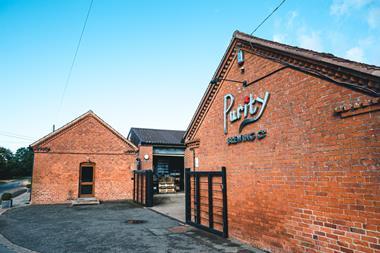

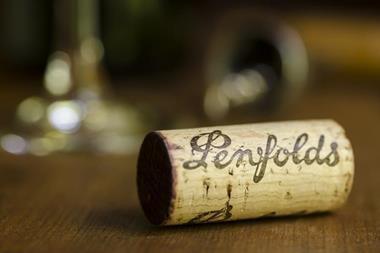
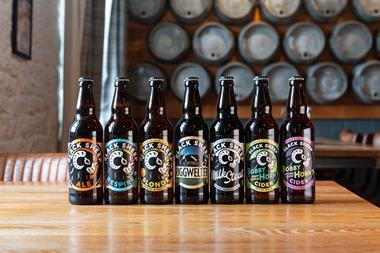
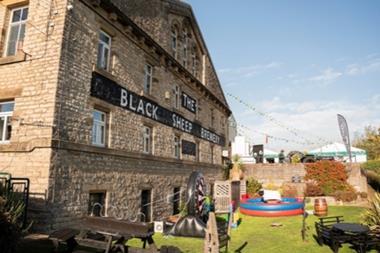
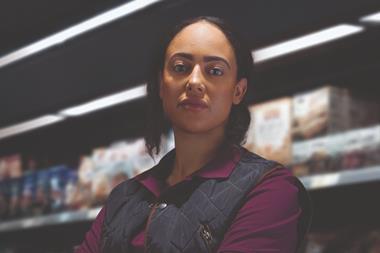
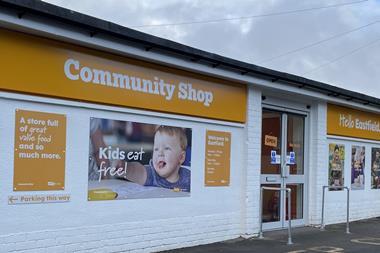
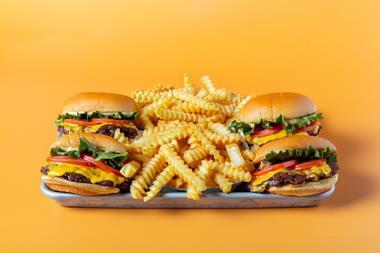

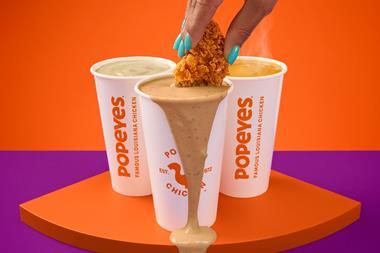

No comments yet